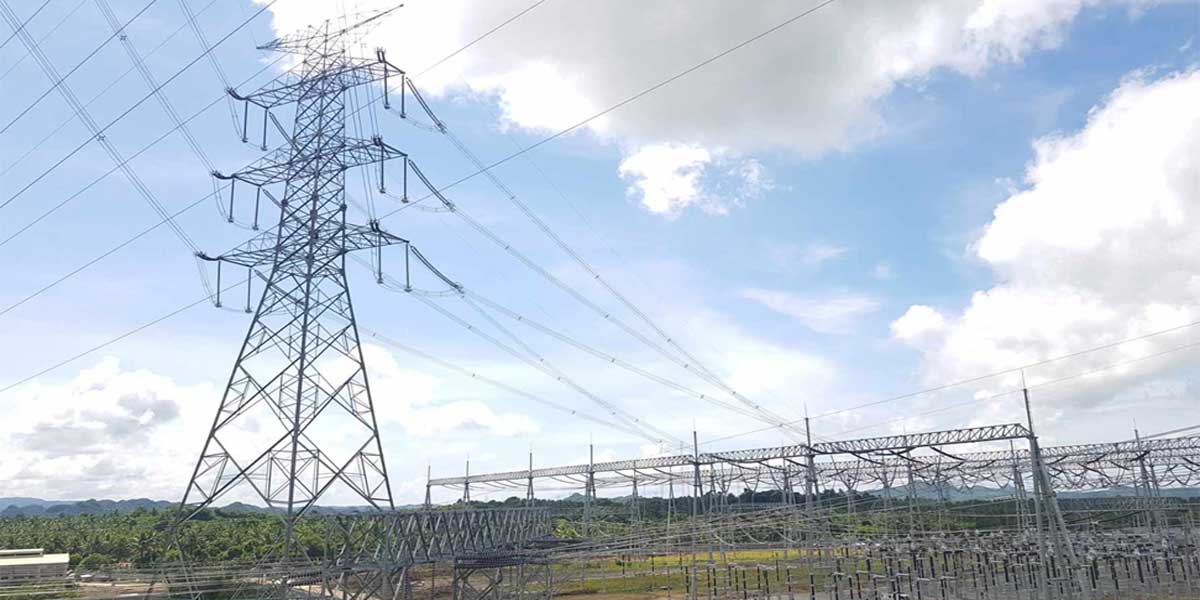
By Francis Allan L. Angelo
Inflation in Western Visayas hit 5.9% for low-income households in August 2024, up from 5.5% the previous month, according to the Philippine Statistics Authority (PSA).
Rising costs in housing, water, electricity, and fuel were the main drivers of the increase, putting added financial pressure on the region’s most vulnerable residents, particularly in urban centers like Iloilo City.
In Iloilo City, where inflation rose to 3.7%, many low-income families are struggling to keep up with surging costs.
“We’re barely making ends meet,” said Mario Santillan, a 43-year-old father of three. “The price of electricity keeps going up, and we’ve had to cut back on food just to pay the bills.”
The overall inflation rate for Western Visayas remained steady at 4.8% in August, unchanged from July.
However, low-income families in urban areas like Iloilo City bore the brunt of the increases, particularly in essential services like housing and utilities, which saw a sharp 7.6% rise.
“Even basic necessities feel out of reach,” added Santos, who now limits his household’s electricity usage to essentials like lighting.
Housing and Utility Costs Continue to Climb
Housing and utility expenses have become the most significant inflationary factor for low-income households across the region.
The 7.6% increase in these costs reflects soaring energy prices and rising housing costs, severely impacting those already struggling to meet their basic needs.
Housing and utilities contributed 21.4% to the region’s overall inflation rate in August, compounding the strain on vulnerable populations.
“Each month, the rent goes up, and now the electric bill is following,” said Joseph Cruz, a 56-year-old tricycle driver from Mandurriao, Iloilo City.
“We don’t have any choice but to pay, but I haven’t seen any increase in my earnings to match these expenses.” Dela Cruz added that he has started borrowing money from relatives just to keep up with the rising bills.
Food Costs Ease Slightly, But…
While food prices, which accounted for more than half of the region’s inflation, have eased slightly, the costs of other necessities continue to rise.
The inflation rate for food and non-alcoholic beverages fell to 6.2% in August, down from 7.0% in July, offering some relief.
However, higher prices in commodities like fruits, dairy products, and eggs still weigh heavily on household budgets.
“Even though rice is cheaper this month, fruits and eggs are still expensive,” Santos noted. “There are days when we have to skip buying them because we can’t afford everything.”
Regional Inflation
Western Visayas’ inflation rate remained unchanged at 4.8% in August 2024, continuing its decline from the 6.1% recorded a year earlier, according to the PSA.
The “stable” change in the prices of basic goods and services reflects mixed inflationary pressures across commodity groups, with food and non-alcoholic beverages leading price hikes.
Food inflation, while decelerating to 6.5% from 7.4% in July, still accounts for over half of the region’s inflation.
Cereals and cereal products saw a notable 12.1% price increase, while meat prices grew by 13.1%, down from 15.3% the previous month.
Additionally, fruit and nut prices surged by 11%, contributing to the overall food inflation trend.
Housing, water, electricity, gas, and other fuels also contributed significantly to inflation. Prices in this sector rose by 5.6% in August, up from 1.1% in July, adding to the cost burden on households.
Rising costs in this group, along with restaurants and accommodation services, which saw a 6.2% increase, are putting pressure on consumers.
Despite these inflationary pressures, some sectors saw price relief. Transport prices dropped sharply from 4.1% to 0.7%, providing some balance to rising household expenses.
Sugar, confectionery, and dessert prices also continued to decline, reaching -4.0%.
Iloilo recorded the highest inflation rate among provinces in the region at 5.6%, while Capiz had the lowest at 4.3%.
Among highly urbanized cities, Iloilo City’s inflation rose to 3.7%, while Bacolod City’s rate dropped to 5.6%.
Despite a slight slowdown in food inflation, housing, utilities, and essential services remain the primary inflation drivers.
The purchasing power of the peso also weakened, valued at 77 centavos compared to 2018, indicating rising living costs across the region.


















